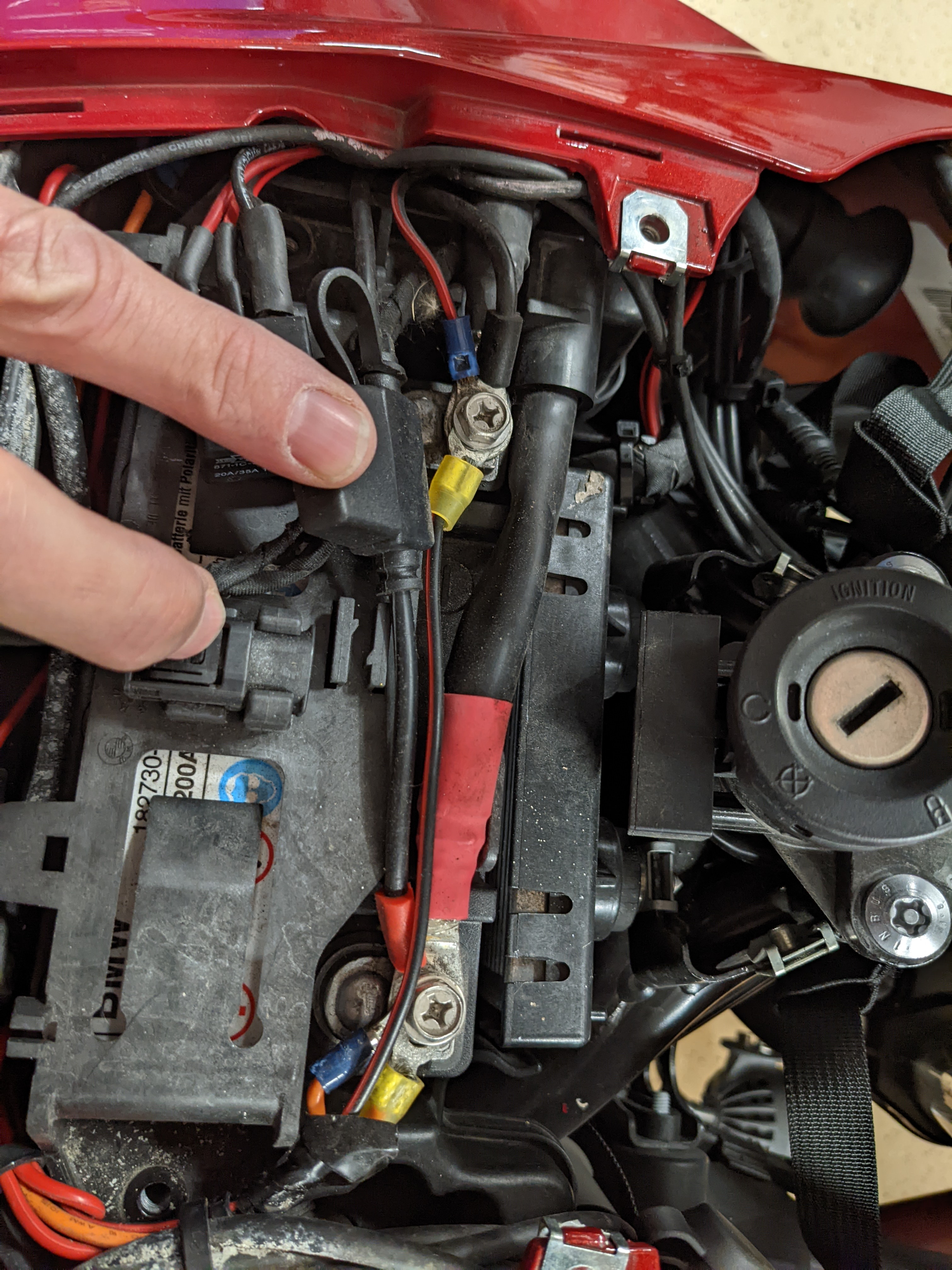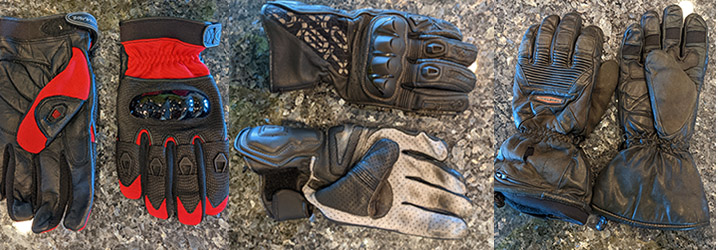Battery Care Over the Winter
By Diane P. Ortiz
If temps have been below freezing you’ve probably taken in your plants and winterized your house/apartment weeks ago. Many people ride all year round, but they are the exception. Most of us put away our bikes once the weather goes below freezing. The thought of black ice, sandy roads and debris, cold tires, cold rider (yes, there is great heated gear but mine are old and don’t always work) is enough for me to leave the bike in the garage. Of course, there’s always that lovely, sunny winter day where I’m often tempted to take the bike out for an hour of wind therapy. In order to assure that my bike is ready to go when I am, I leave my battery on a trickle charger over the winter, and often all year round if I’m not using the bike often.
Motorcycles have small batteries and don’t like being discharged and left for days. Sometimes you can bring them back to life with a rapid charge, but even if you do the damage done by the discharge and subsequent rapid charging is often irreparable. There are different kinds of batteries including AGM (absorbed glass mat), lead acid and gel batteries which can all be charged the conventional way. One not-so-nice feature of lead acid batteries is that they discharge all by themselves even if not used. Lithium-based batteries need special chargers so check with the manufacturer. Here’s some info, courtesy of Revzilla, on how to keep your battery up to snuff so it’ll be ready to go when you are:
Figure out what kind of charger you need. The simplest type is a trickle charger, which converts the AC power coming out of your wall to DC and blindly pumps it into your battery until it is turned off. This type MUSTBE MONITORED throughout the charging process. There are often called “fully manual”.
Modern “float chargers” get a battery charged and then switch on and off automatically to keep the battery’s charge rate at the optimal charge level. The final, and in my opinion the best and most practical is a smart charger, which monitors the battery’s charge progress. Normally, it will charge at different rates in order to minimize the damage done to the battery. Often these have a “desulfation” mode which is usually used to knock sulfur off the lead plates inside the battery. It usually does this with varying voltages and electrical “pulses”. I’ve used this type of charger on our personal and training bikes for the past few years with great success.
Unfortunately, these smart chargers cannot usually be used with lithium batteries which are different from their lead counterparts and most have an on-board management system that cannot cope with the pulsing. Check with the manufacturer for guidance with these, as not all brands can be treated the same.
No matter what kind of charger you use, triple-check that you have the terminals attached correctly and make sure the charger leads are firmly attached to the battery. If the electricity can “arc” between the terminal and a flopping lead, the arcs can damage the terminal and leads. Once you’re sure it’s attached correctly, plug in the charger. Always check it the first few hours to make sure it’s working correctly before you leave it on the charger for an extended period of time. Treat your battery well over the winter and you’ll get many years of service. There’s nothing better than turning the key and having everything turn on the first time.





